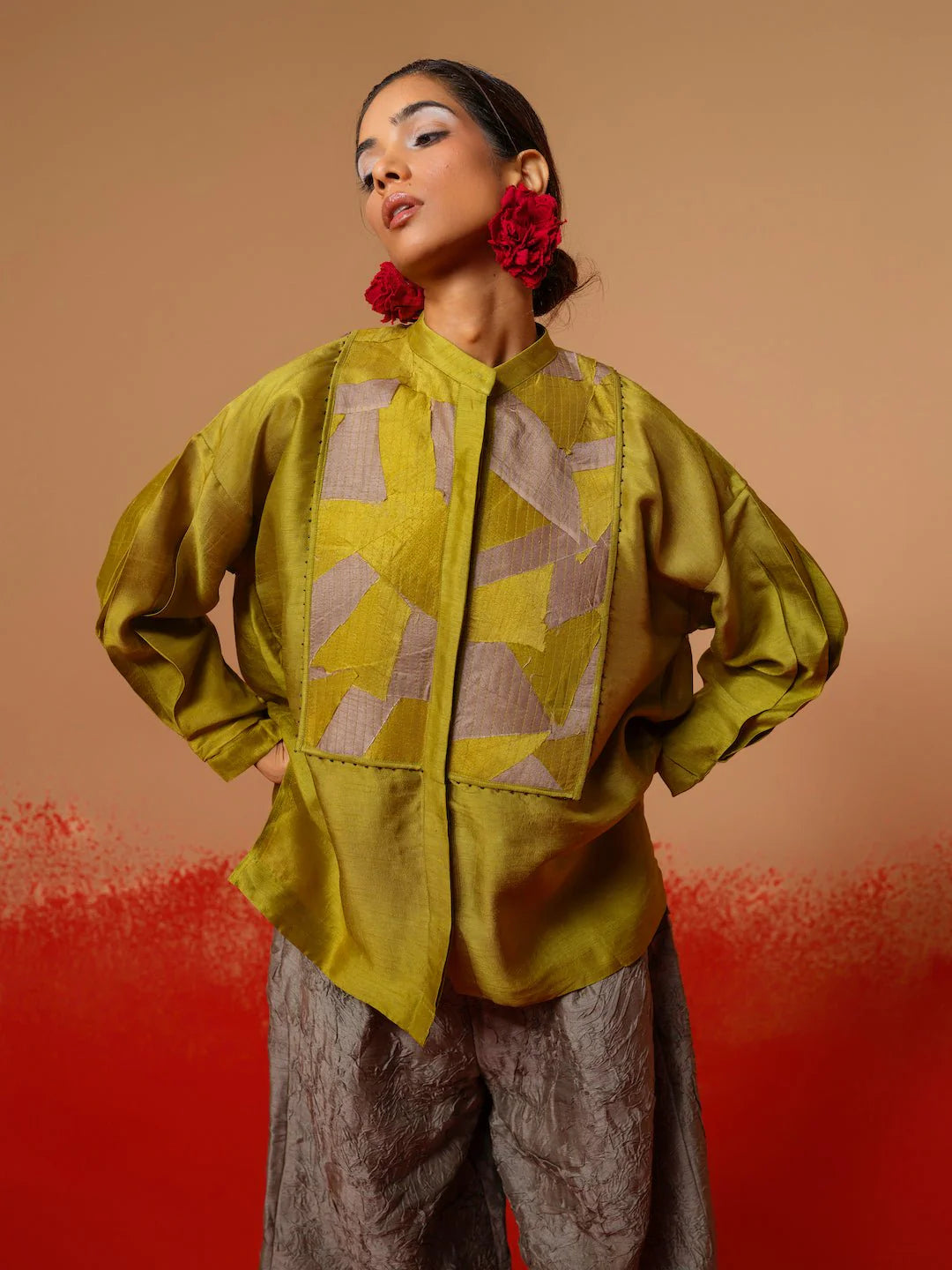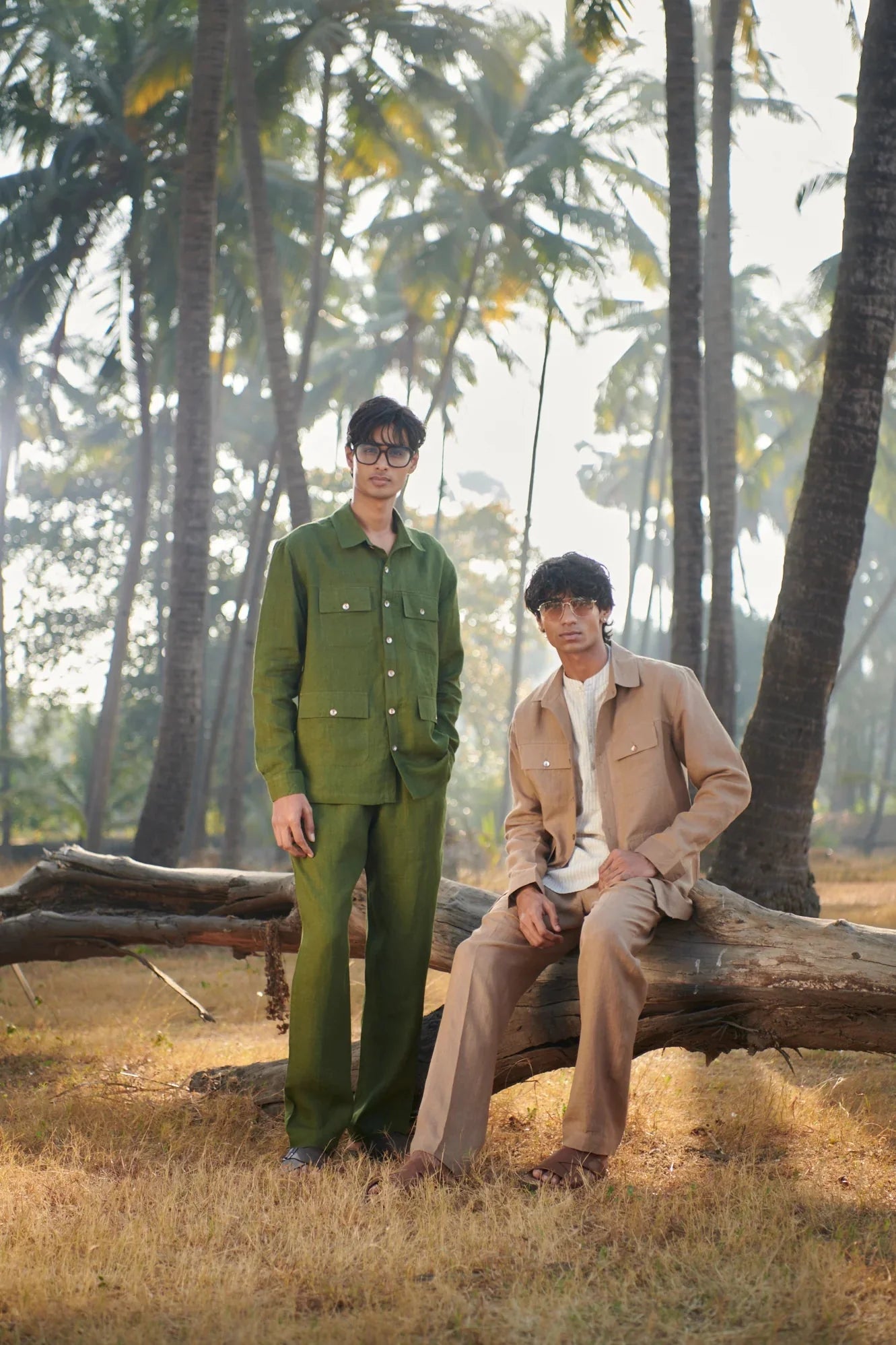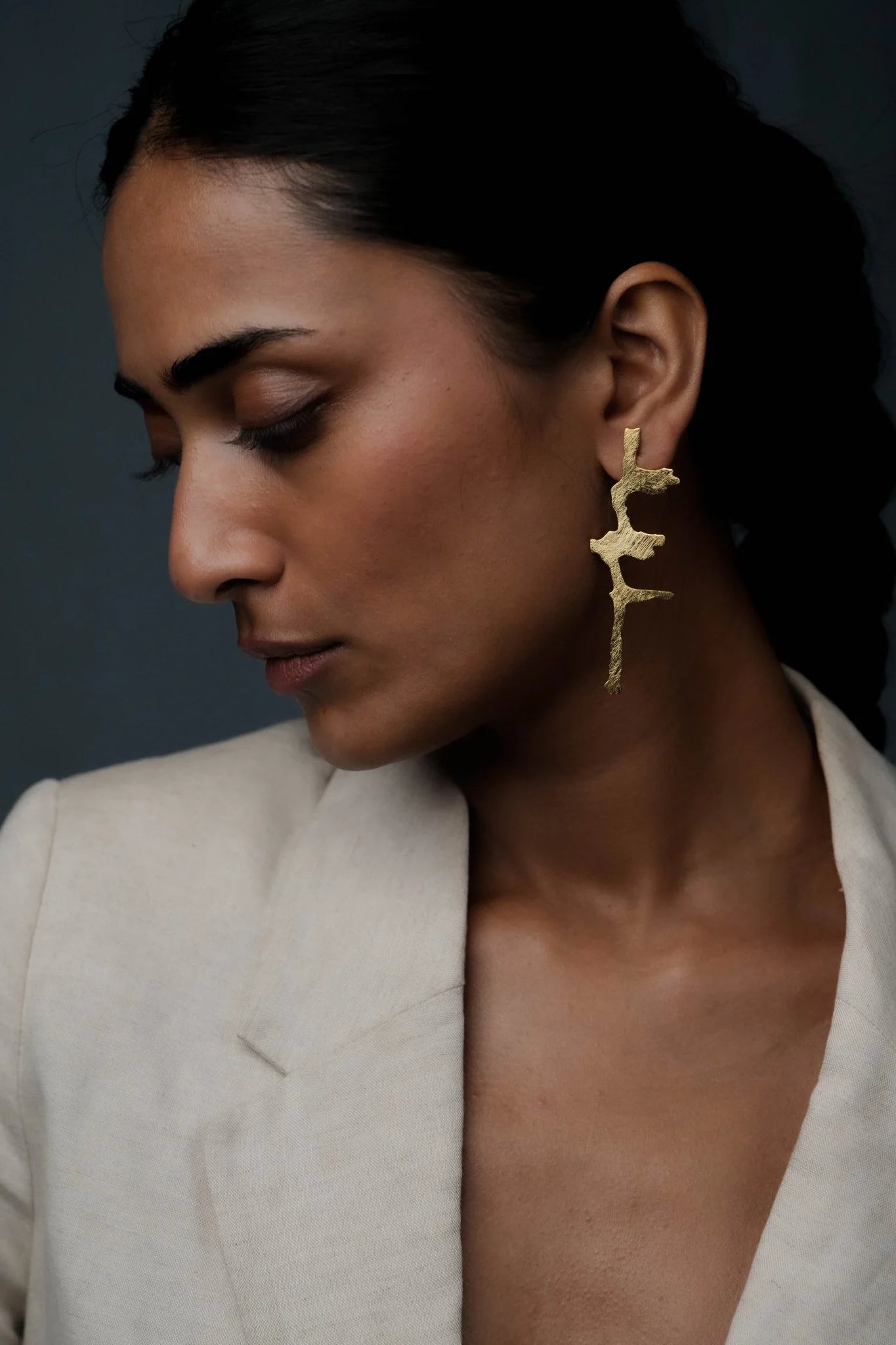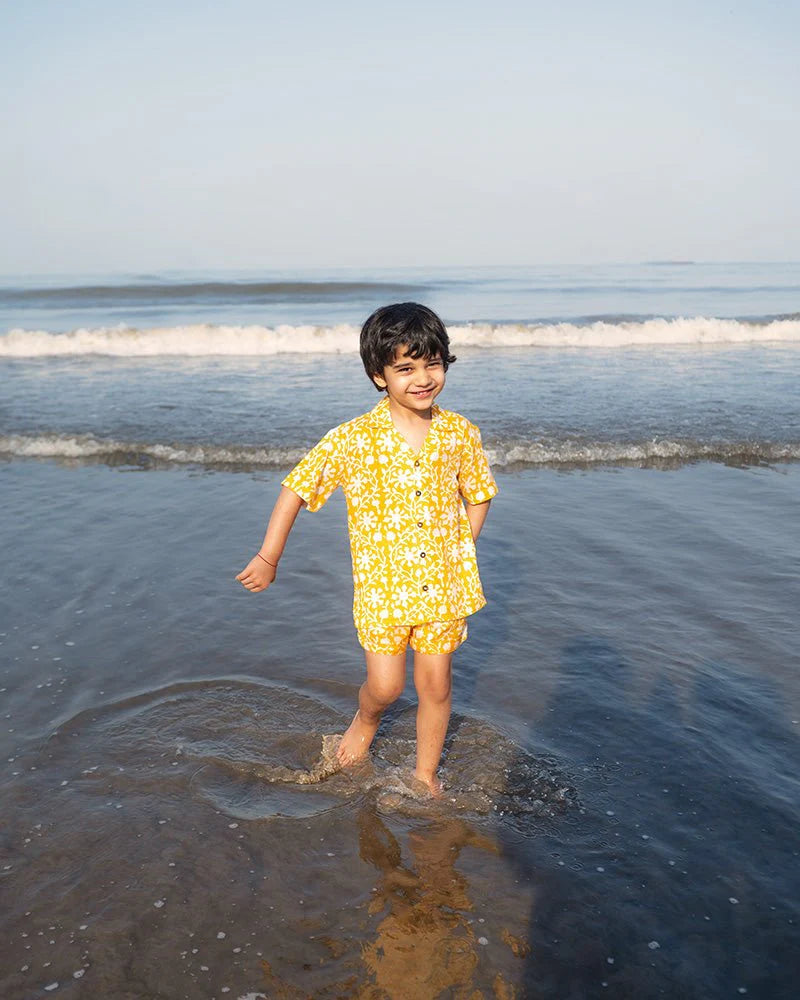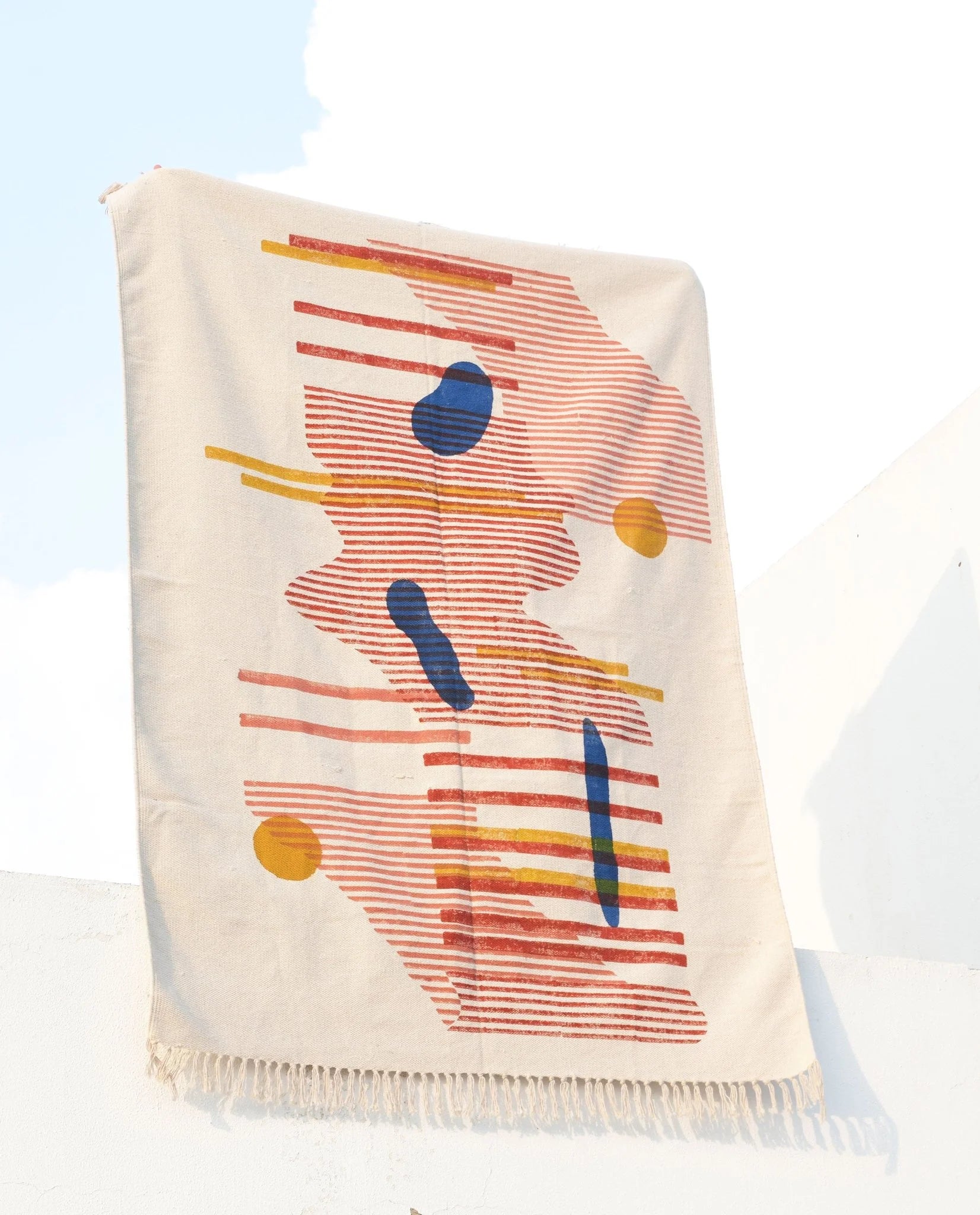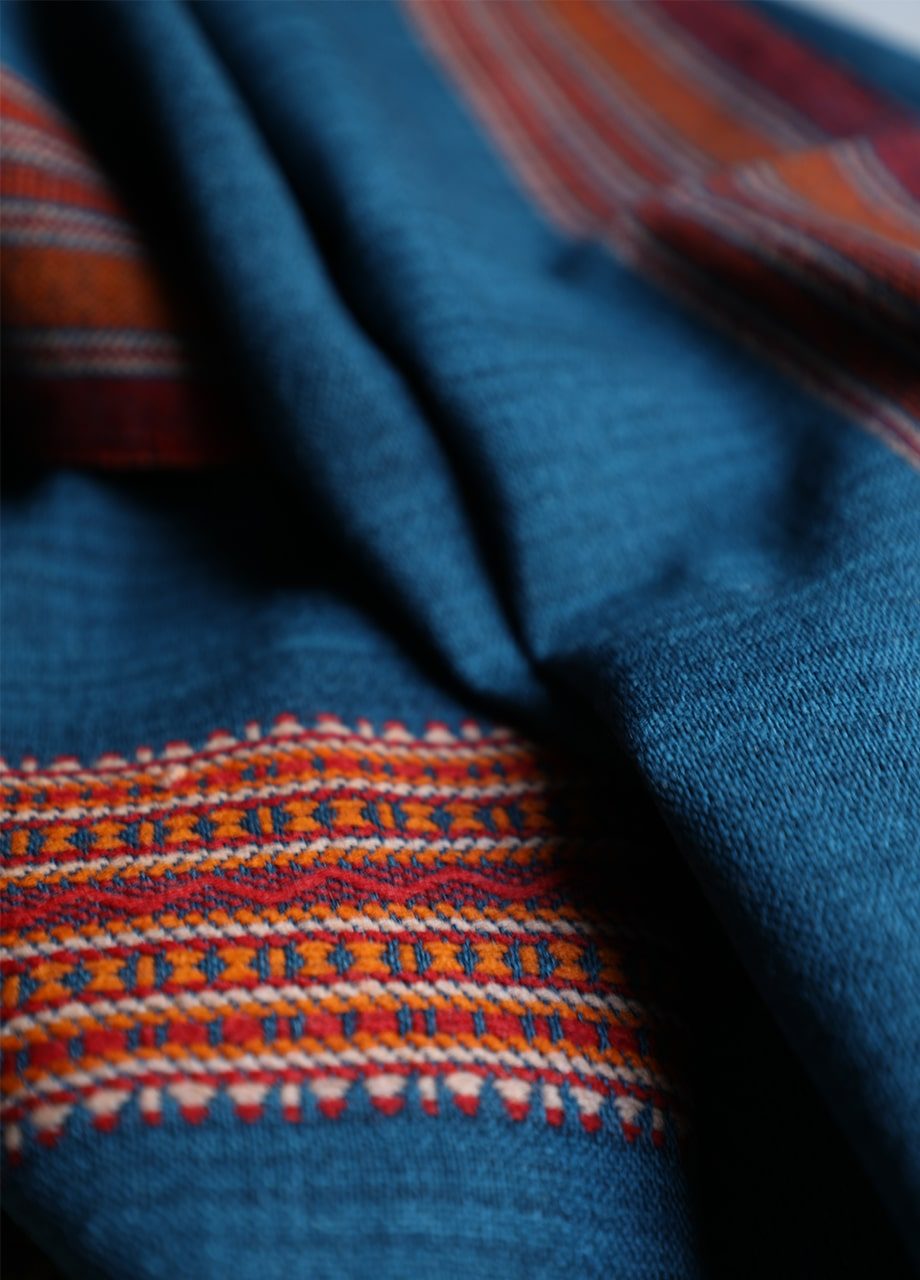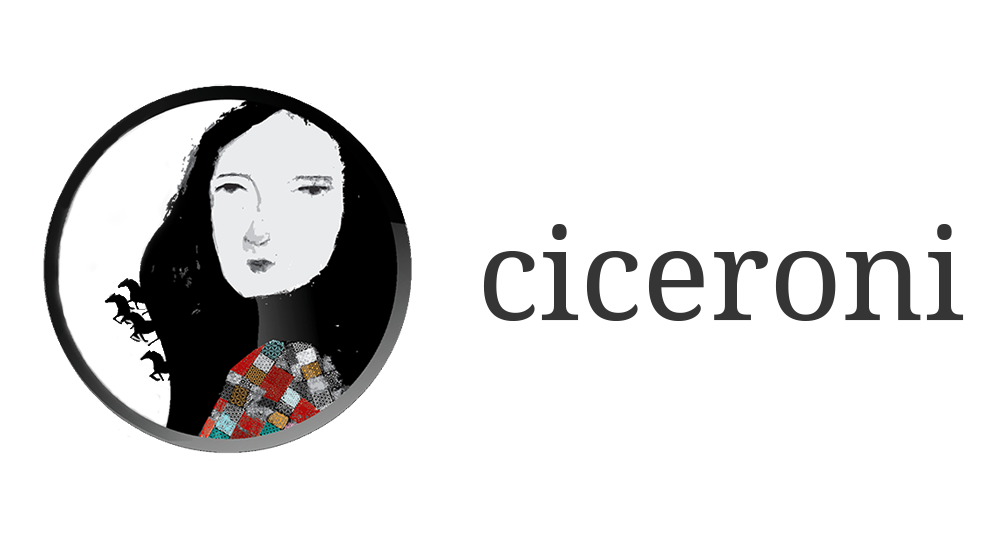“Craft is to Kutch what beaches are to Goa.”
Who knew a centuries old village in Kutch would one day transform into Gujarat’s eminent textile center. Entwined and hand woven with the eternal bond of ancient traditions and colourful threads, Bhujodi is home of the Vankars (Weavers) of Kutch, the Meghwal community who had migrated from Rajasthan about 500 years ago to weave woolen veils and coarse woolen blankets for the shepherd or the Rabari community. With specific colour preference, the Ahirs- the local farming community and the Rabaris were the only clientele for the Bhujodi weavers. The Rabaris preferred black and white undyed yarn fabric and the Ahirs went for brighter hues.
It was not until the devastating earthquake of Bhuj in 2001 that shook everything from livelihood, land and beyond did the local and the central government make extensive efforts to revive the region’s rich cultural textile heritage. As time passed, exhibitions, fairs and designer collaborations flooded the region, making it an internationally prominent craft and textile destination.
As an initiative to promote Indian craft techniques and textiles, the Founders of Raw Collaborative- Tanvi Karia, Vishwa Bhatt Weir and Priyadarshini Rathore for the design event’s 3rd Edition opened doors to a curated corner that read “The Craft Collective”. Curated by Textile Designer-Nehal Desai, the Craft Collective celebrated the works of artisans involved with various forms of traditional crafts – Murji Hamir Vankar, Virji Kheta Vankar, Dehaati Design and Design Mills.

Sharing her views on Raw Collaborative’s first of its kind initiative, Nehal Desai expressed that “Having worked with craftsmen for over a decade and having completed my education from NID, we were always taught to stay connected with the artisans at the grassroot level. Even when I decide to create a contemporary garment for my own clothing label, the kind of fabrics used, the process of making and even the artisan who works on it are more important to me than the cut of the clothing. I was very excited when the Raw Collaborative team approached me with the craft collective concept and I began to pour ideas and decoded issues that needed to be solved in Indian craft sector. I insisted that we meet the craftsmen in their own space and understand their journey with them.”
While we explored the Craft Collective we realized that there’s more to Kutch than the foot tapping folklore, the Rann of Kutch festival and the endless white desert. Exhibiting their extensive collection of Bhujodi weave were Murji Hamir Vankar and Virji Kheta Vankar, Master Weavers from Bhujodi.
Hailing from an ancestral weaver’s family, Murji Bhai learned and excelled in the art of weaving and shared how he puts traditions above everything else. “Weaving has been an intrinsic part of my family. I began learning the weaving process at the age of 20 and ever since I have learnt from my ancestors that times and designs may change but tradition is of great importance for a Vankar. My father was a master weaver associated with the Bhujodi Weaver’s Cooperative and he inspired me to become a weaver. Earlier we used only cotton and wool but now we also work with kala cotton, silk and linen to meet the requirements of clients from across the world”.
With technological innovations and changing market scenarios, it is essential for the artisans to stay relevant to keep the crafts alive. Sharing his ideas on being relevant, Murji Bhai stated that “Decades before our ancestors weaved shawls and as time passed shawls lost their market. Today nobody buys them. Our generation translated the same geometrical motifs and yarns to create stoles, sarees and dupattas to stay in sync with the modern market. Digital media has made the modern colour trends and designs more accessible to us. We have started fusing traditional patterns with millennial designs to accommodate consumer demand and we have also expanded our product range to bed sheets, cushion covers and curtains.”
Apart from the monochromatic sarees and upholstery, we couldn’t help but notice creatively displayed rugs in both serene pastels and bright tribal shades. Master Craftsmen Virji Kheta Vankar, master rug (traditionally called ‘galicha’ in Kutchhi) and durrie weaver showcased his collection that have been the likes of many from India and abroad.

Sharing his weaving journey, Virji Bhai expressed that “My ancestors have been weaving rugs for generations and I always wanted to take up a job but my father insisted that I should carry forward the family traditions because after their time, if the weaving traditions were not taken forward, the craft would die. It is more than 50 years that I am weaving rugs and today I have clients from across the world.”
Holding one of the pastel rugs in his hand, he said “foreign client usually prefer rugs in pastel hues and cottons, but Indian clients always opt for bright and multicolours.” Priced from Rs. 5000 onwards, the making of a typical carpet normally takes anything between 3 weeks to 3 months or more depending on its design and size. What you pay is not just for the skill and design but also immense labour that goes into it ; think about it labour wages for 3 weeks.
Indian crafts and textiles need to be preserved and design schools like Kala Raksha Vidhyalaya and Somaiya Kala Vidhyalaya has helped these artisans repurpose their skills and preparing them for the world filled with challenges. But that is not enough, the government must make an effort to systematize their income and way of life.
Recalling one such incident where government failed to stand up, Virji Bhai lamented “It is important for a weaver to have an identity card to be able to attend exhibitions and fairs. I visited the local office more than 3 times, only to be neglected. I did not have an ID card not could I exhibit my products through govt run initiatives. It was only after a good officer’s visit to my house and when I regrettably expressed that I was not provided with an ID that I received my card at my home. I am sure a lot of artisans face the same problems”.
A lot of artisans and weavers like Virji Bhai might be facing similar issues but how many of them have gotten it solved?
While a lot of us love the crafts and textiles, how many of us are willing to pay for the amount of labour, hard work, skill and time that goes into the making of each product. Our country’s textiles from the beginning were made in India and made for all ; let’s bring craft to our homes.

